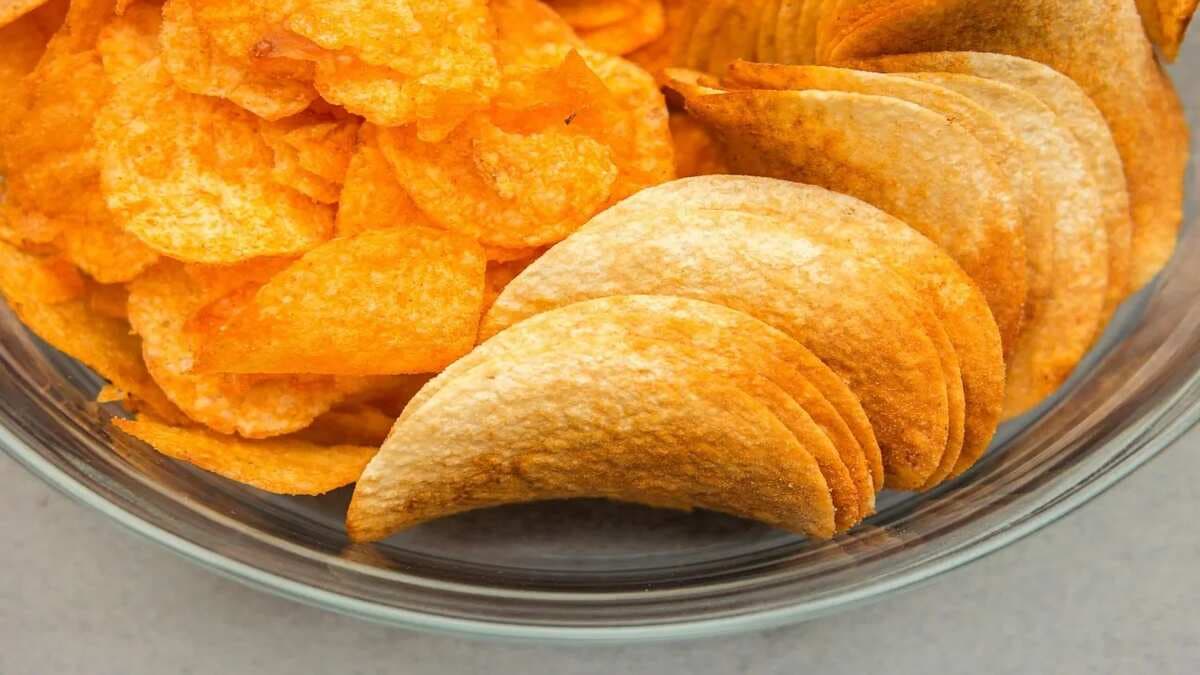With government bodies like the FSSAI certifying such foods and their manufacturers, they are considered reasonably healthy to eat. This increasing dependence on ready-to-eat food is reinforced by the fact that the ready-to-eat food market is projected to grow to $751.43 million between 2022 and 2026 with a growth rate of 18.63%.
As convenient as they may seem, there are some inherent risks to consuming such foods. They are:
1. They are highly processed. Ready-to-eat foods are generally very highly processed, generally by subjecting the food to high heat. The heat here is significantly higher than the heat we may apply to cook similar food at home. Such high heat can easily destroy the nutritional value of food. Micronutrients like vitamins and minerals in particular are adversely affected, which may eventually lead to deficiencies in the diet.
2. They contain lots of unhealthy fats. Most of these foods are cooked in hydrogenated or partially hydrogenated oils, which are full of saturated fats and are rich in calories. Consuming such foods over a long period of time can lead to obesity and other cardiovascular diseases.
3. The use of additives, fillers, and preservatives and their safety are highly debatable. Ready-to-eat foods are made with some simple objectives in mind. One of these objectives is a long shelf life. To achieve this, such foods are combined with artificial preservatives like benzoic acid, calcium sorbate, potassium nitrate, etc. that increase shelf life from mere days to years. This can't be good for one's health, as such food, as stated in the first point, becomes quite literally dead or empty with no nutrition.

4. Use of artificial colors and flavors. Artificial colors like tartrazine (E102), allura red (E129), carmoisine (E122), etc. are regularly used to impart endearing colors to ready-to-eat foods as the excess processing and addition of preservatives destroy the natural color of the food being cooked and packed. Certain artificial flavors, like MSG (monosodium glutamate), also known colloquially as ajinomoto, are used to enhance taste. MSG may cause allergic reactions in some people. Artificial sweeteners like maltodextrin, sucralose, and acesulfame K are used in sweet, ready-to-eat foods. In significant quantities, this type of food, due to the presence of artificial flavors and colors, has been linked to cancer and heart disease.
5. Addition of excess salt may be detrimental to one's health. Ready-to-eat foods, in order to get people hooked on them, have a lot of salt added to them by the manufacturers. While the manufacturers are looking at their bottom line, which is monetary profit, the consumer risks hypertension and other cardiovascular diseases if they eat such foods regularly.
6. Added sugar can make such foods addictive. In sweeter versions of ready-to-eat foods, excess sugars are added to make the food taste extra sweet. This is a recipe for disaster in the long run, as such foods can easily lead to diabetes and increase one's risk of contracting cancer.
7. Pregnant women and their unborn children are at increased risk. Ready-to-eat foods are a strict no-no for pregnant women as all the above factors combined can have an adverse effect not only on the mothers but also on their unborn children, as a child's prenatal development is key to his or her general health later in their lives. Mental illnesses and an increased proclivity toward lifestyle illnesses such as hypertension, diabetes, and so on may develop in the child later in life.
The following are a few precautions one may exercise if they're consuming ready-to-eat food:
1. Read labels: It is best to read the nutritional labels on foods and avoid those with high levels of sodium or sugar.
2. Expiry date: Be extremely vigilant when dealing with food that is close to expiration, as once expired, this food may be a health hazard.
3. Consume all contents in one go: Once a ready-to-eat food pack is opened, it is advised that all of the pack's contents be consumed in one go and that leftovers are either avoided or disposed of immediately as such food may experience rapid bacterial and mold growth, which may lead to food poisoning or dysentery. Same with frozen foods. Once thawed, it is advised that all the contents of the pack be consumed immediately and not frozen again by keeping them in freezers, as these may also experience rapid bacterial and/or mold growth.
4. Follow instructions: When heating ready-to-eat foods, make sure that such foods are heated to the right temperature as specified on the pack. Failure to do so may also lead to issues with the digestive system.
While it is an undeniable fact that ready-to-eat foods are a lifesaver in certain situations, we must abstain from their consumption on a regular basis in order to minimize health risks and keep cardiovascular diseases and cancer at bay. Moderation is the key. And learning to cook easy-to-prepare foods using fresh ingredients is a way better alternative to ready-to-eat foods.


